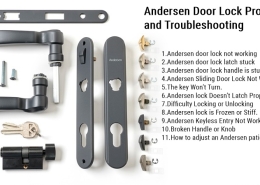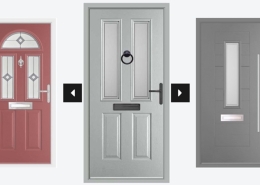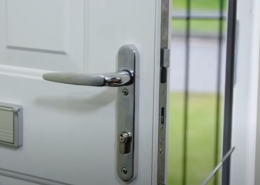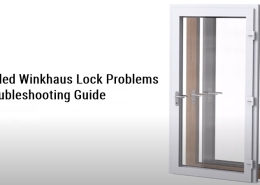uPVC Door Locking Mechanism Problems and Troubleshooting
Discover common uPVC door locking mechanism problems, their causes, and effective advice on troubleshooting and maintaining your uPVC door lock.
The uPVC doors have become increasingly popular in modern homes due to their durability, affordability, and low maintenance requirements. However, uPVC doors can also face locking mechanism issues like any other, compromising your home’s security.
This article will discuss various uPVC door-locking mechanism problems, their causes, and effective solutions to keep your home safe and secure.
Common uPVC door-locking mechanism problems
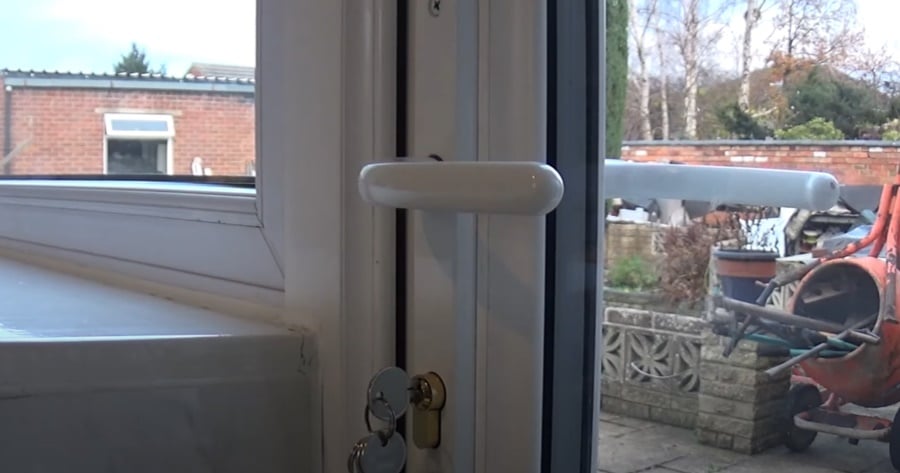
uPVC door locking mechanisms are generally reliable but can develop problems over time due to wear and tear, misalignment, or other issues. Here are some common uPVC locking mechanism problems:
- Misaligned door: If your door is misaligned with the frame, the locking points may not engage properly, making it difficult to lock or unlock. Misalignment can occur due to temperature and humidity changes, building settling, or worn hinges.
- Stiff handle: A stiff or hard-to-operate handle can be caused by a worn or damaged gearbox, spindle, or handle spring.
- Worn or Damaged Lock Cylinder: The lock cylinder is part of the locking mechanism that houses the keyhole. Over time, the cylinder can wear out or become damaged, making inserting, turning, or removing the key difficult. A damaged cylinder can also compromise the security of your home.
- Snapped key: If your key breaks off inside the cylinder, removing the broken piece and operating the lock can be challenging.
- Locking points not engaging: If the hooks, bolts, or roller cams are not engaging with the keep plates properly, the door may not lock securely.
- Door not sealing properly: If the door is not sealing tightly against the frame, it can lead to drafts, water infiltration, or reduced energy efficiency.
- Wear and tear: Over time, the various components of a uPVC door locking mechanism can wear out, leading to reduced functionality or complete failure.
- Jammed Locking Points: Locking points can become jammed due to dirt, debris, or lack of lubrication. When this happens, the door may not lock or unlock smoothly; in some cases, it may not lock.
Now, let’s list more common uPVC door lock problems and how to troubleshoot them.
The uPVC door lock is not working.
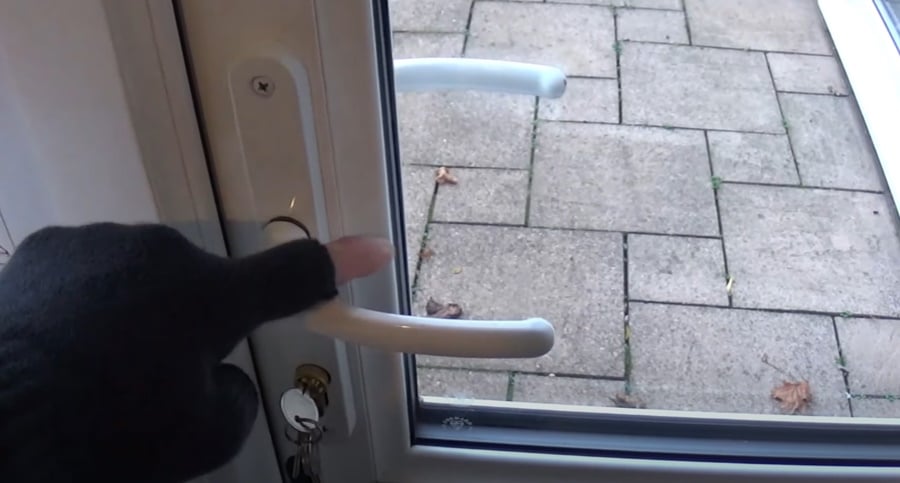
If your uPVC door lock is not working, you should check the following:
- Check the key. The first thing you should do when your uPVC door lock is not working is check your key. You’ll need to get a new one if it’s worn out and won’t turn in the lock.
- Check the cylinder itself for damage or rust (if applicable). If your cylinder has been damaged by rust or water exposure, it may not be able to turn anymore.
- The door and frame might be misaligned. If this is the case, you may need to adjust them until they sit correctly.
- Debris or foreign objects can get caught between the latch, deadbolts, and other locking points on your doorframe and cause problems with locking/unlocking your uPVC doors.
- The strike plate or keeps on the door frame might be misaligned or damaged due to wear & tear over time (or from misuse). You will need someone who knows how to fix this problem properly so it doesn’t happen again!
- Locking points not engaging: If the hooks, bolts, or roller cams are not engaging with the keep plates properly, the door may not lock securely. This issue can be caused by misalignment, worn components, or a damaged gearbox.
uPVC Door Won’t Lock
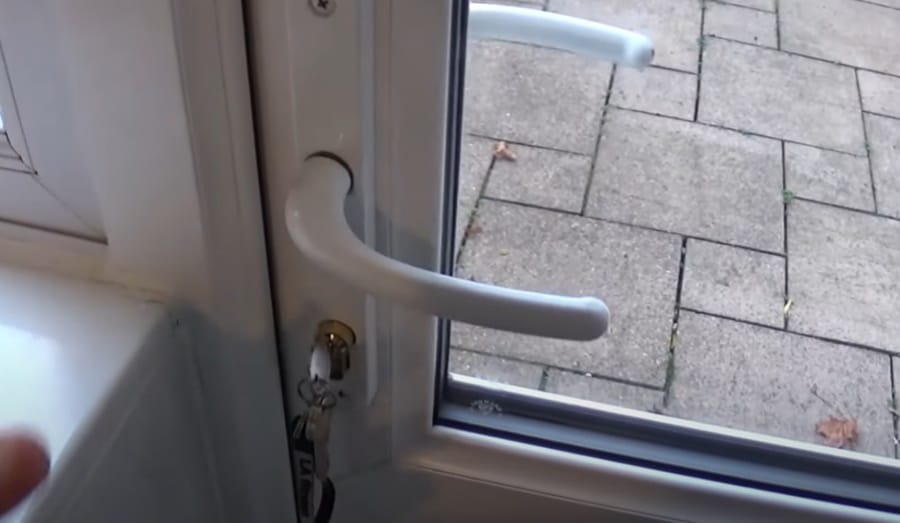
If you’re having trouble locking your uPVC door, it could be one of several things:
- The lock isn’t closed properly. Check that the door is closed properly and has no gaps between it and its frame. If there are gaps, push or pull on them until they close tightly against each other.
- The frame has warped or twisted slightly over time due to weather conditions like hot or cold weather (which can cause expansion/contraction). You may need a professional locksmith to fix this issue if it’s too severe.
- The key or cylinder is damaged. It’s easy to drop keys and break them if left in a lock for too long or used too frequently.
- Damaged or misaligned strike plates and keeps (the metal plates that hold the door frame together). These can get worn out over time and need replacing occasionally – make sure you have enough spares!
- Is it the hot or cold weather? The lock may be stiff in cold weather, and you may need more force than usual to move it.
The uPVC door won’t lock when closed.
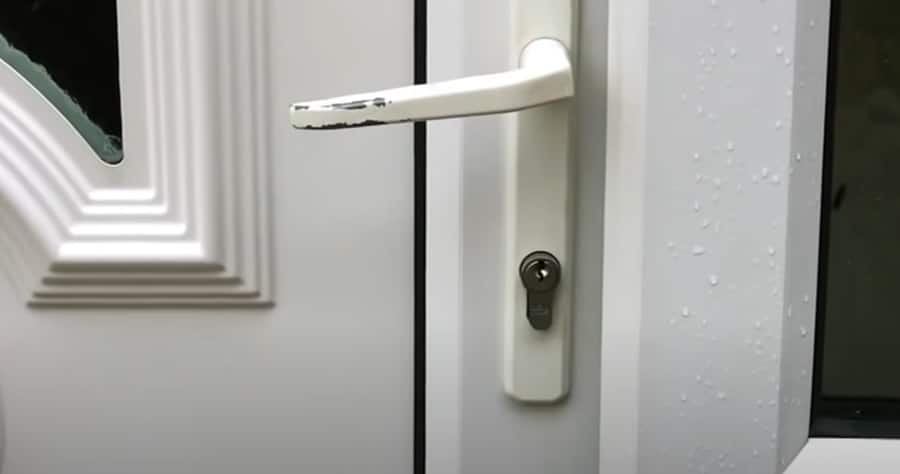
If your front door doesn’t lock when closed, the problem could be one or more of the following:
- A failure in the springing mechanism causes the latch to remain extended when closed
- Fluctuations in temperature cause the expansion and contraction of components inside your door frame
- Dropped doors – if you have ever dropped your door, it may have damaged its locking mechanism
- Check the door and frame alignment. Ensure your uPVC door is aligned properly with its frame by removing any minor gaps between them.
- Ensure the latch doesn’t hit against any frame members when closing and latching. You may have to adjust these members so they don’t interfere with each other when closing and latching.
uPVC Door Won’t Lock Even When Open
If the uPVC door doesn’t lock even when open, there are a few things to check.
- Make sure that the gearbox has not failed. The gearbox allows a multipoint lock (which uses three or more points of contact) on an uPVC door to work. If this part fails and needs replacing, it will prevent your multipoint lock from functioning correctly.
- The multipoint lock is damaged. This can happen if the door is left open for too long or if there’s an issue with the hinges of your uPVC door. You can try fixing this by replacing or repairing your multipoint lock and hinges.
- Check whether all points engage correctly and close tightly together before locking them into place. If not, adjust each point so that they engage properly and close tightly together when locked into place without any gaps between them; this will ensure that no one can get in through any gaps or spaces between them (especially children).
The uPVC door won’t lock from the inside.
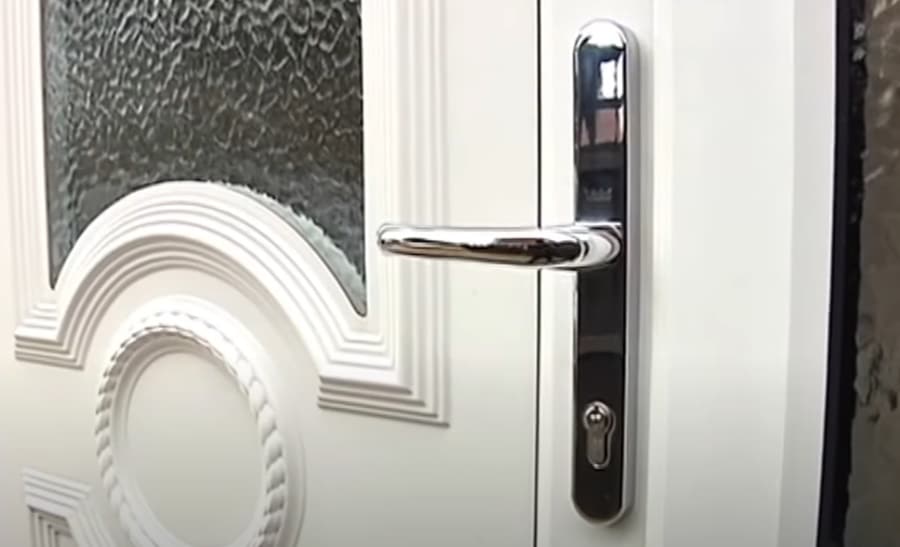
If you’re trying to lock your door from the inside, but it won’t lock and instead keeps on opening, there are a few things that could be wrong.
- Check if the door is warped or uneven in any way. If so, this can cause problems when locking it because there isn’t enough room for the bolt to slide into place properly (as well as other issues).
- Inspect your lock mechanism: If there are cracks or breaks in any part of it, especially around where it’s attached to your frame, these will need replacing before functioning properly.
- The lock may be dirty or damaged. Cleaning it with a cloth should help to solve this issue if that’s all that’s wrong with your door locking mechanism (see above).
- Internal mechanism problems: If the key turns, but the door doesn’t lock, the lock’s internal mechanism might be faulty or broken. A professional locksmith or door specialist can help diagnose and repair the issue.
For more information about how to fix a uPVC door that won’t lock, please check the following video:
My uPVC Front Door Won’t Close. (what do I do?)
The front door won’t lock in hot weather.
In hot weather, you may find that your uPVC door won’t lock. This is because the uPVC can expand when it gets warm, which can slightly throw the door out of alignment. It might be difficult to shut or open your front door when this happens because it will become stiffer than usual due to its expansion in warm weather.
The uPVC door lock is not turning.
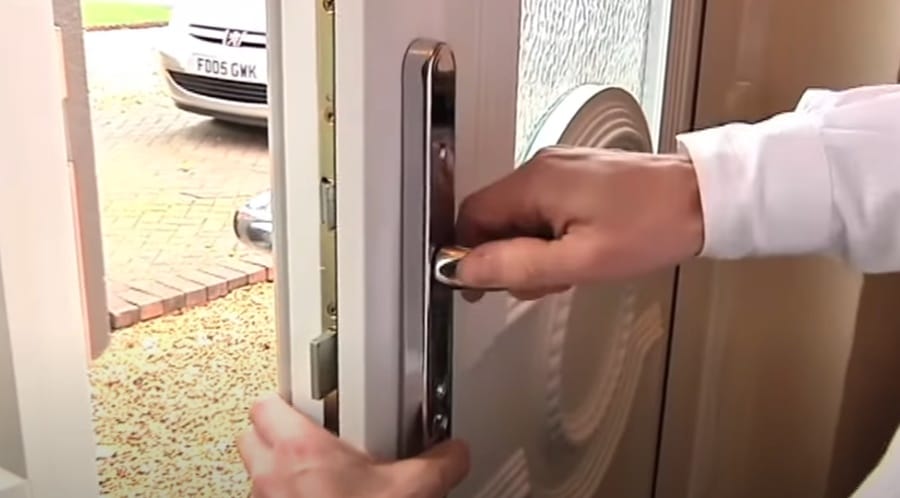
If the lock does not turn and you are sure that it is not broken, then it could be one of the following reasons:
- The key is not being used properly. You may want to check if you have the right key or if it has been damaged.
- Ensure no debris is stuck inside or around your uPVC door lock mechanism, preventing it from working correctly.
- Your door could have dropped on its hinges, causing damage to either your deadbolt or hooks/rollers inside of them, making them unable to move freely anymore and causing problems with opening/closing doors smoothly.
- Have you recently got a key cut? If so, the key may have been bent during the cutting process. This is especially true if you’re using a cheap hardware store to get your keys cut.
- Faulty cylinder: If you have difficulty inserting or turning the key, the euro cylinder may be worn or damaged. Replacing the cylinder with a new one should resolve the issue.
- Internal mechanism problems: If the key turns, but the door doesn’t lock or unlock, the lock’s internal mechanism might be faulty or broken. A professional locksmith or door specialist can help diagnose and repair the issue.
- Cold weather issues: Locks can sometimes freeze in cold weather, making it difficult to turn the key. You can try gently warming the key with a lighter or a hairdryer and then inserting it into the lock to help melt any ice inside.
The uPVC door lock is not catching.
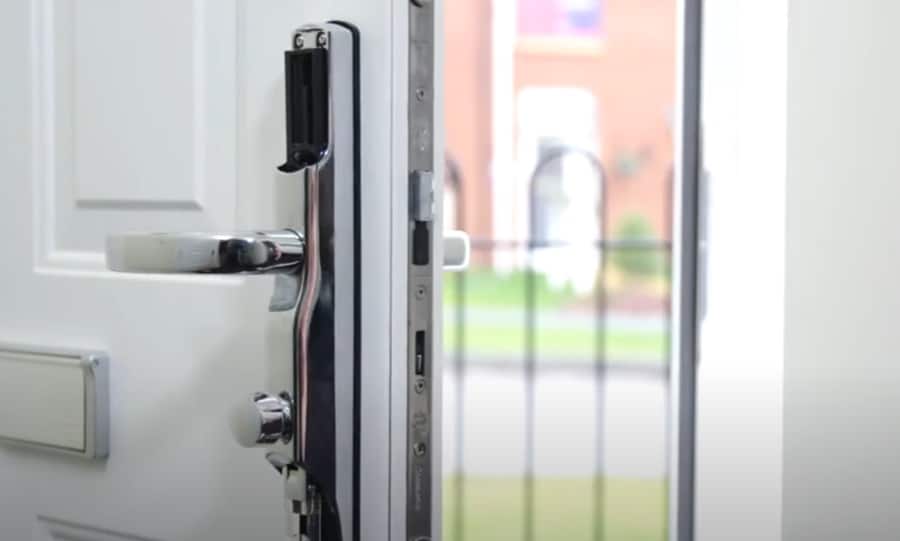
If your uPVC door lock is not catching, it could be due to several reasons. Here are some possible causes and solutions:
- Misaligned door: If your door is misaligned with the frame, the locking points may not engage properly with the keep plates.
- Latch issues: If the latch is not engaging with the striker plate or the frame, the door may not close or lock properly. This could be due to a worn or damaged latch, a misaligned door, or a striker plate. Inspect these components for visible wear or damage, and consider replacing them if necessary.
- Test the spring mechanism in the door by opening the door and pressing the latch with your finger. If it springs out, then this means that it may be out of alignment or shifted slightly.
- If, however, when you open your door and press down on its lock, there is no response at all from either side of your frame, then this means that there has been some internal failure within either yourself or, even worse, another part inside which would need replacing before anyone could use their front entryway again!
uPVC door lock not retracting fully
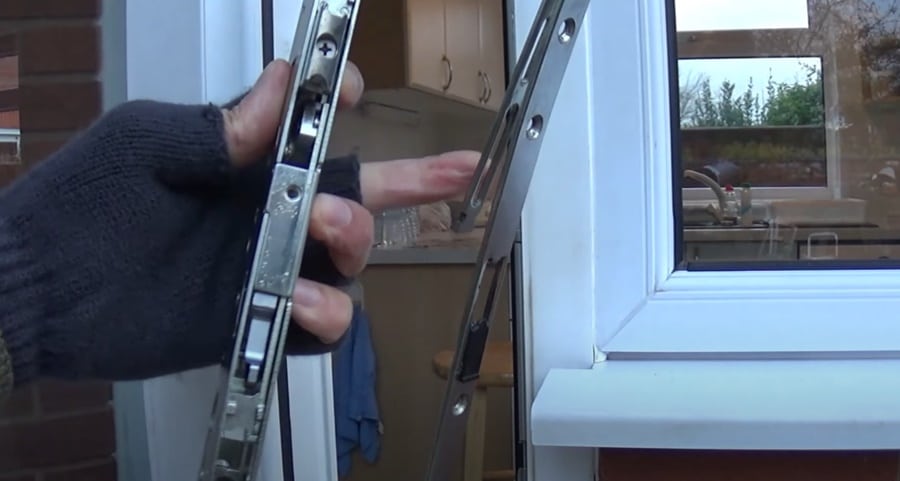
If your lock is not retracting fully, the mechanism will likely be the most common cause of this when you try to force the door closed without unlocking it first. This can cause damage to the internal workings of your lock, which will require professional repair work by a locksmith.
- Jammed lock mechanism. If you cannot manually retract the latch and it won’t automatically retract, try lubricating it with oil or WD40. You can also try removing any obstructions that might be causing it to jam (such as dirt)
- Misaligned strike plates, try adjusting them by drilling new holes in the frame of your uPVC door and re-screwing them into place so they’re aligned correctly with their corresponding lockset holes on either side of its frame
uPVC door handles not lifting to lock
If your uPVC door handle is not lifting to lock but does operate the other door functions, this is likely to be a fault with the internal mechanism.
If you have checked all these and cannot find a solution, we recommend changing your door handle altogether.
Conclusion
In conclusion, uPVC door locking mechanism problems can occur for various reasons, such as misaligned doors, worn-out parts, or damaged cylinders. By being aware of these common issues and their causes, you can take proactive measures to maintain your uPVC door lock’s functionality and ensure your home’s security.


